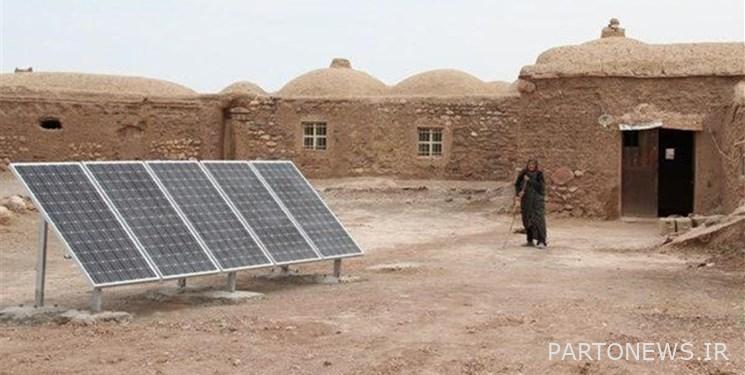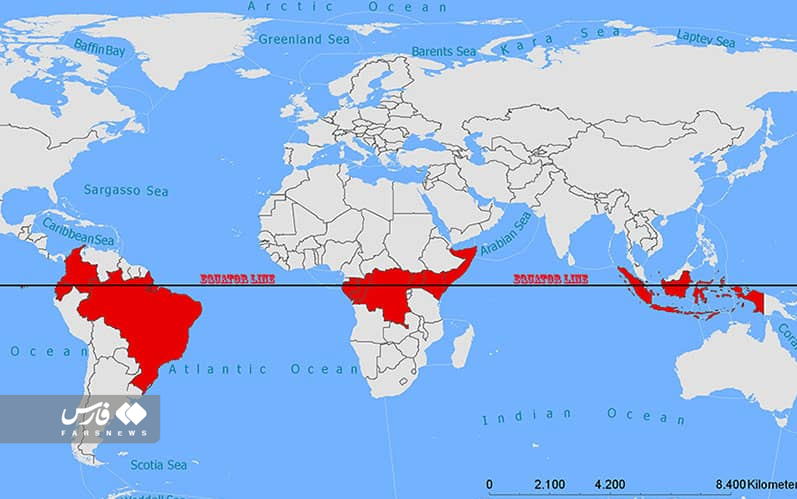Iran is stable; 44 years of honor | The length of Iran’s electricity distribution network is 27 times the length of the equator / during the Pahlavi period, only 4% of villages had electricity

According to the economic reporter of Fars news agency, reviewing the memories of the heads of state during the Pahlavi period, reveals the reality of Iran during the Taghut regime.
In this regard, Asadullah Alam, one of the heads of the Pahlavi government, wrote in his notes on April 31, 1353: In the meeting of the houses of rural culture, it was found that only 4% of Iran’s villages have electricity and 1% of safe drinking water.
Asadullah Alam continues: We have 2,000 rural culture houses and only 136 houses have electricity.
According to the statements of the officials of the Pahlavi government, water and electricity, the absence of which today disrupts life in general, was the wish of the people during the Pahlavi era.
* A view of the country’s electricity industry 44 years after the Islamic Revolution
According to Fars report, according to the latest statistics published by the Ministry of Energy, the capacity of electricity production in the country in 1357 was equal to 7024 megawatts, which has grown 13 times over four decades, and has reached 90,323 megawatts today.
Also, in the early years of the Islamic Revolution, the amount of electrical energy production in the country was equal to 17 thousand 386 megawatts per hour, while today we are witnessing a 21-fold increase in the production of electrical energy, and this figure is more than 359 megawatts per hour. A thousand megawatts have been reached.
Today, the country has reached more than 95% self-sufficiency in the field of domestic production of electricity production equipment. Currently, 31 projects of designing and manufacturing high-tech parts are being implemented.
Among the other achievements of the electricity industry during the four decades of Iran’s Islamic Revolution, we can mention the 20-fold increase in the capacity of substations in the country’s electricity transmission and distribution network.
The capacity of substations at the beginning of the Islamic Revolution of Iran was 26 thousand 800 megavolt ampere, while today this number has increased to 536 thousand megavolt ampere.
In the field of internal manufacturing of power transmission and distribution network equipment in the last four decades, there was only 1% ability, while the capacity of internalizing parts in this regard has been completed 100% today. All these achievements, along with the reduction of electricity distribution network losses from 17.3 to 9.6 percent, have made Iran to be among the first 14 countries in the world in terms of electricity network capacity.

* The length of power distribution lines is 27 times the equator
Unlike many governments in the world, which provide services similar to water and electricity as two pillars of prosperity with the aim of bringing economic benefits to the people, after the Islamic Revolution, the Islamic Republic of Iran, with the aim of improving the welfare of the people, developed the infrastructure of water and electricity at the country level. He set the agenda.
According to the official statistics published in the monthly statistics of the water and electricity industry, until the end of December 1401, 58 thousand and 29 villages of the country have been electrified and this figure is equivalent to 4 million 510 thousand 549 families and 15 million 335 thousand 867 rural people covered by energy. It is electricity.
In this regard, Arash Kordi, the CEO of Tovanir Company, in an interview with Fars reporter, including the rural electrification statistics, said: We are among the leading and advanced countries in the electricity industry, and in the urban and rural sectors, we have a big difference with the global average. The population has increased by 2.3 times, but on the other hand, services have grown a lot and have increased from 13 to 21 times.
Kurdi continued: 99.7 percent of the rural sector is covered by the electricity network, the remaining 3 tenths are the nomadic population who have different ways to supply them with electricity.
According to Fars report, 19,000 self-sufficient solar power generators have been given to these families in order to provide electricity to the country’s nomadic population.
Also, the extent of the country’s electricity network in the form of low pressure and medium pressure urban and rural distribution lines, which are spread across the country in the form of capillaries, reaches one million and 91 thousand kilometers.
In order to understand the magnitude of this number, it is interesting to know that the equator is 40 thousand 76 km long as the largest orbit of the earth. Based on this, the electricity distribution lines of the country are equivalent to circling 27 times the length of the equator.
The end of the message/T 699
You can edit this article
Suggest this article for the first page

